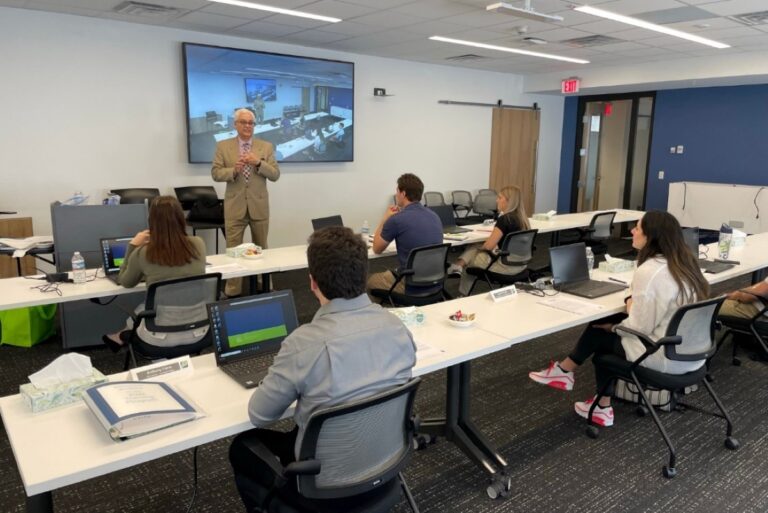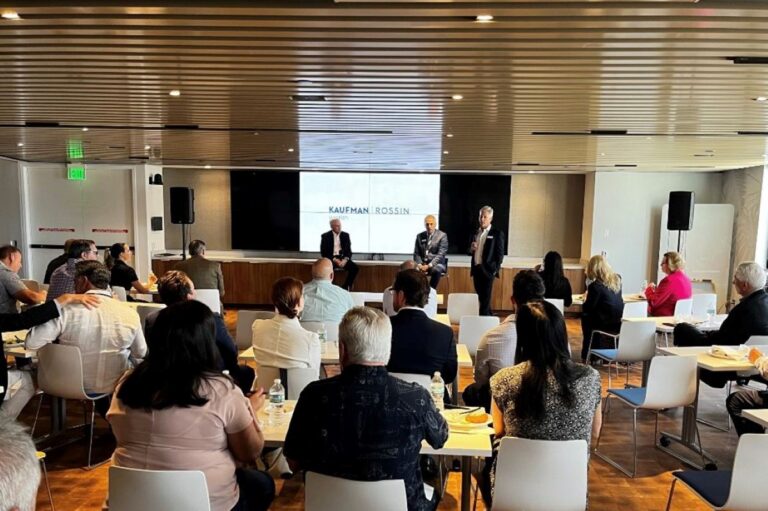Technological Innovations: Physical Stores Are Driven to Demise by 4 Reasons

What innovation would accelerate the demise of physical retail stores? Originally appeared on Quora: the place to gain and share knowledge, empowering people to learn from others and better understand the world.
Retail is a broad category, and the reasons why people visit physical retail stores are many.
We know that today, in most countries of the world, everything can be ordered online. Why do people still bother to do the legwork?
Reason 1: Delivery
The reliability of mail varies from country to country. Even here in the US, if you live in a condominium, the couriers often don’t bother waiting until you come down to open the door for them and may not deliver things properly; a parcel may be thrown somewhere around the corner; in other countries, it may be much worse (in corrupt developing countries, the mail officers are known to steal from the post items, and harass the recipients for fuzzily defined “tariffs”). That in addition to the mail delivery taking long, and, if it’s coming from far away, being expensive. And what if I need to return the item?
This is the reason for the Amazon drone delivery experiments. With distributed, internet-like delivery systems such as Matternet, replacing the hopelessly obsolete age-old institution with cheap, fast, and reliable XXI century delivery will make it cheaper to use the internet than drive to the mall.
The drone delivery systems are to be perfected to eliminate the delivery issues and, additionally, eliminate the gap between highly urbanized and more remote, off-the-grid communities. This appears to be feasible within mid-term future, even though the safety issues may not be trivial to resolve.
Reason 2: Feel the product
If I’m buying a TV or a laptop, going to a store will not help me learn much new about the product. Today, all I need to do is go online, and read the reviews. On the other hand, if it’s footwear or a mattress, the product has to be suitable for the customer’s body; same for clothes. The reviews might be positive, but it still might not work for me.
After the introduction of Kinect, a slew of startups came up with “virtual fitting room” software to allow trying on clothes remotely. Let alone the fact that making the experience flawless and accurate enough is incredibly difficult, just knowing how it would look on you is simply not enough. Does the sweater feel itchy when worn? Do the shoes feel tight? Is the mattress not too soft? These aspects are very personal, and difficult to deduce from the details given online.
Zappos (company) provided a creative band-aid solution with its lax return policy. You don’t like it? We’ll take it back, even if it was used. However, trying it on physically before buying still means less hassle.
The only technological solution I see is measuring everything, taking quantified self to the extreme. Complete 3D scan of one’s body (like mPort), correlation of the customer’s vital signs with the clothes’ configuration, special tests relevant to the product (e.g. a system similar to JaZzzz at the Jordan’s Furniture Sleep Labs), and at the same time, coming up with one universal and comprehensive system of measures far beyond length / waist / hips. Vanity sizing has to go, too.
This is, obviously, a series of innovations, and the standards are very difficult to institute and enforce, so it is a significant roadblock which will be difficult to eliminate.
Reason 3: Talk to the expert
Sometimes, people just don’t know exactly what they want. “What do you think would work well with this blouse?” It takes a human touch, personalized customer care, and experience to know the answer. It also requires a face to face contact.
No, I am not about to offer AI bots to solve this. But the AI bots may handle mundane, simple questions like “what kind of specials do you have for jeans” while the human sales representatives answer more complex questions via a video call.
Perfecting the AI bots is already on the horizon (disclosure: I am a co-founder of a company that created a framework to build bots, among other things). Videoconferencing, while exists, is not widely used as it is somewhat of an invasion of privacy and, in practice, video calls are not always seamless and prone to dropping, especially when the call center traffic is high. The ability to apply seamless video filters to obfuscate the environment could help people feel more confident about letting complete strangers see them.
Reason 4: Social experience or change of scenery
The point of retail therapy is not only the acquisition itself. It is also leaving the drab, gray environment for the glitz of the shopping malls. In many places, especially developing countries with emerging middle class the shopping malls became somewhat of an escapist paradise and a place to hang out.
While some people may suggest virtual reality to emulate the experience, I find it unlikely. I believe viewing the shopping as leisure is the reason that at least some retail establishments will stick around for the decades to come, no matter what the technical innovations can offer.
Consider the example of an institution that has long been out-innovated: the cinema. We have wall-sized TVs; various media to record and services to stream it from any way and any time we like, pausing the movie when needed.
Screenville, a blog dedicated to the cinema, has a great chart of cinema admissions between 1955 and 2008. While since the commoditization of TV the number fell rapidly, there have been some recovery and fluctuations.
What is the reason people still pay an amount of a cheap meal for something they could get nearly for free adding more for overpriced crappy food to sit in a dark hall full of people who don’t know to behave?
Social experience. I know people who actually prefer seeing movies at home, but many don’t. This is the reason the live theatre, with even less optimal viewing experience, will stick around, too.
And it will remain this way for retail establishments, even when their number will drop because of the technological innovations. There will be no complete demise, at least for the shopping associated with leisure.
Contributed by Vadim Berman, Dir Engineering at Aspect Software, fmr cofounder of LinguaSys








